Discover volcanic craters, emerald lakes, and dramatic alpine scenery in Tongariro National Park. Experience New Zealand's most famous day hike through a landscape of cultural and natural significance.

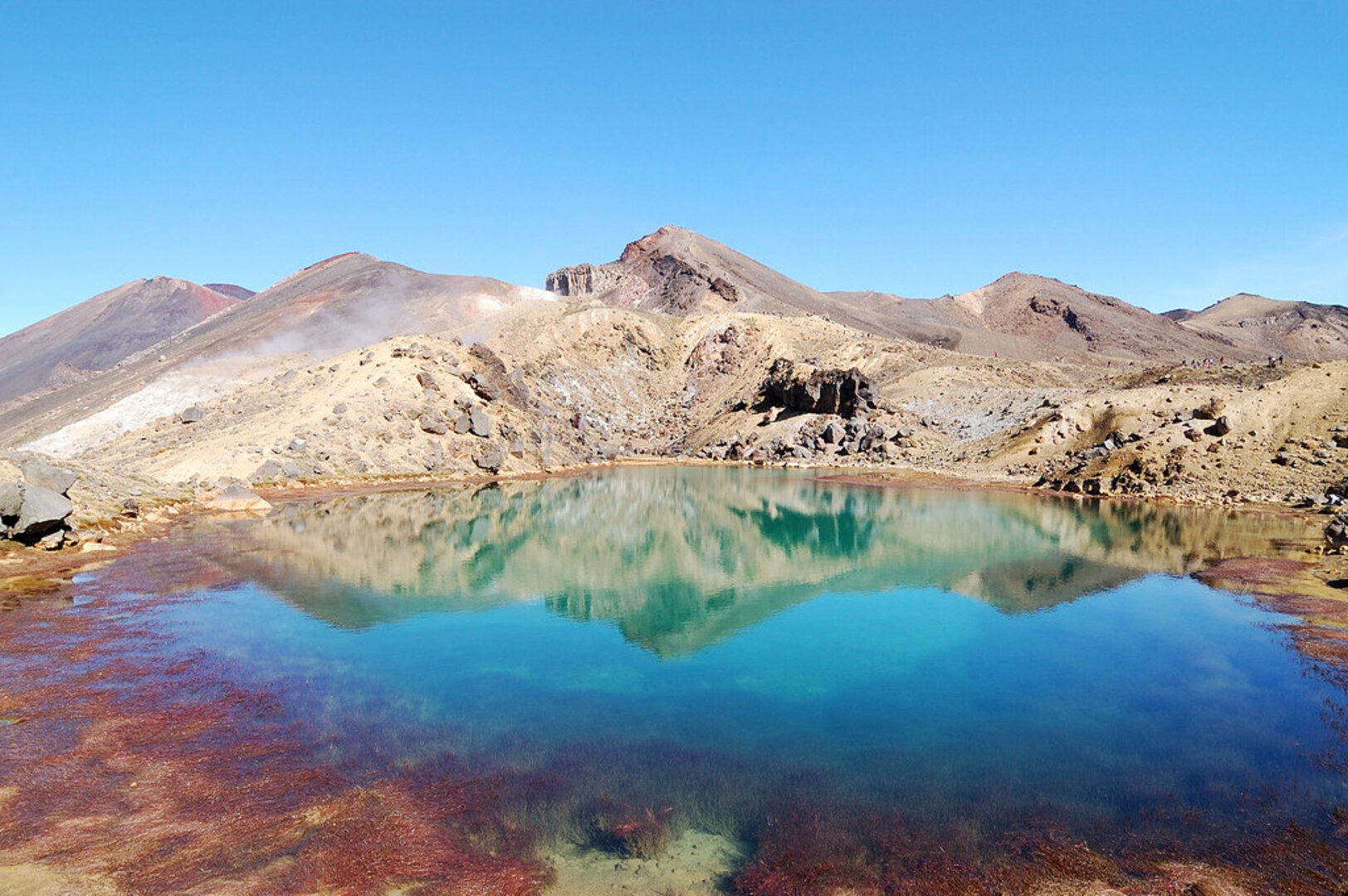
Make your hike at the Tongariro Alpine Crossing hike stress-free with this shuttle. Park at the end of the trail parking and enjoy an easy shuttle ride to the trail start.
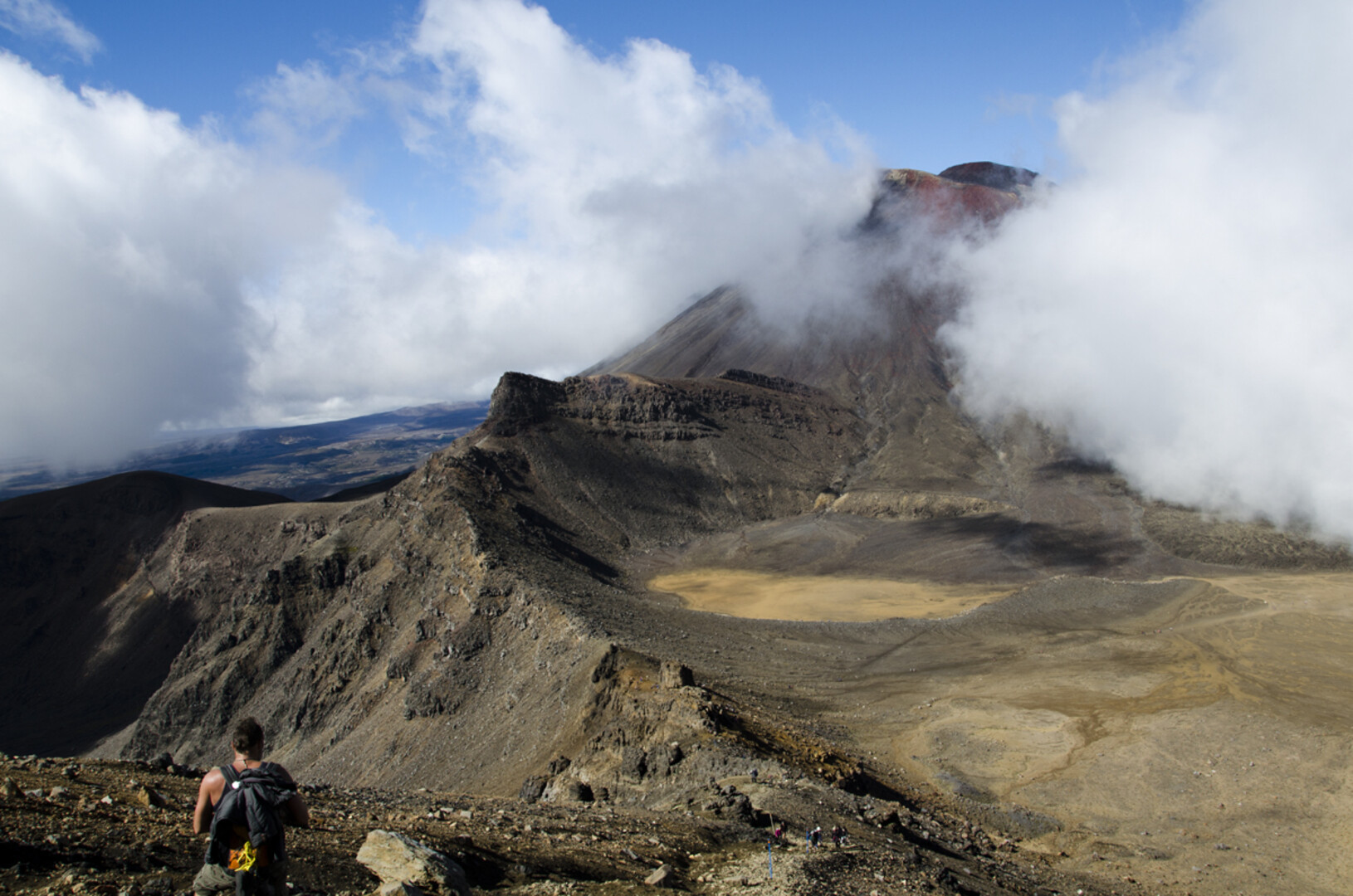
Walk between Mt. Ngauruhoe and Mt. Tongariro, past craters and the Blue and Emerald Lakes, on New Zealand’s best 1-day hike. Admire scenic volcanic landscapes and explore New Zealand's beautiful bush.

Hike the Tongariro Alpine Crossing with your choice of convenient transfer options. See the Emerald Lakes, explore the Red Crater Ridge, and admire the landscape.
Mount Tongariro stands as New Zealand's most culturally significant landmark, a sacred volcanic massif rising 1,978 metres above sea level. Known to Māori as sacred mountain, this ancient peak has been revered by the Ngāti Tuwharetoa iwi for centuries and holds deep spiritual importance.
The mountain is part of Tongariro National Park, established in 1887 as New Zealand's first national park and the fourth in the world. This UNESCO World Heritage Site protects remarkable volcanic landscapes where active craters, emerald lakes, and alpine terrain create the perfect setting for world-renowned hiking adventures.
Home to the famous Tongariro Alpine Crossing, the park offers hiking experiences from family-friendly walks to challenging high-altitude volcanic routes. The dramatic volcanic landscapes and unique geothermal features provide some of the most spectacular and diverse hiking terrain in the Southern Hemisphere.
Discover History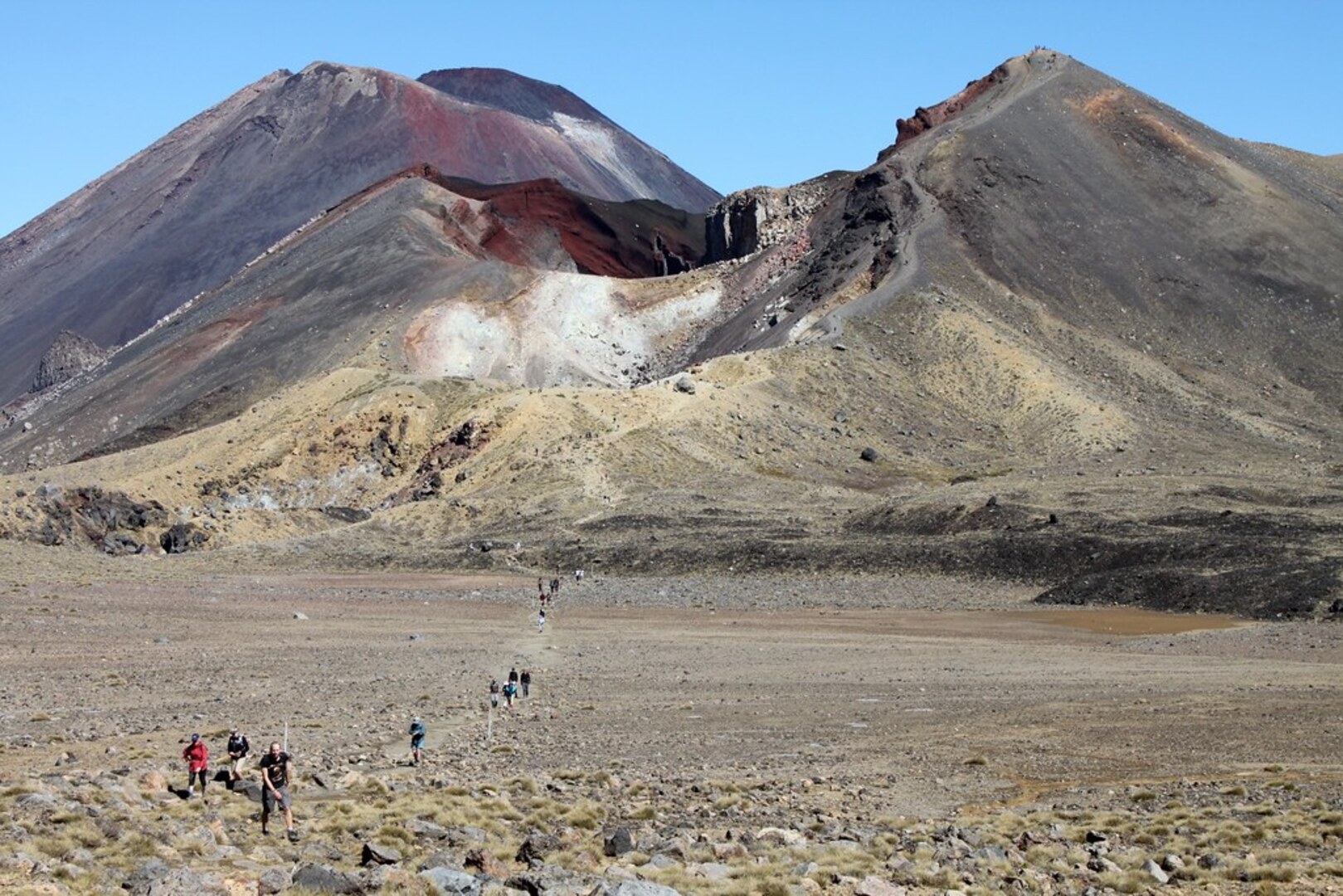
Experience active craters, steaming vents, and the dramatic peaks of Tongariro, Ngauruhoe, and Ruapehu. Witness New Zealand's most spectacular volcanic landscapes and geothermal features.
Walk through tussock fields, alpine meadows, and native bush with rare plants and wildflowers. Discover ecosystems that exist nowhere else on Earth in this volcanic environment.
Marvel at the vivid Emerald Lakes, Blue Lake, and volcanic crater lakes. These stunning turquoise waters are formed by mineral deposits and create unforgettable photo opportunities.
Capture volcanic vistas, colorful lakes, and panoramic views across the Central Plateau. Experience the dramatic terrain that served as Middle-earth in the Lord of the Rings films.
Ancient Times - Sacred Mountain: The Ngāti Tuwharetoa iwi and other Māori tribes have revered Tongariro as a sacred mountain for over 1,000 years, with rich legends and cultural significance woven into their identity and spiritual beliefs.
1887 - Gifted to the Nation: Paramount Chief Te Heuheu Tukino IV gifted the sacred peaks to the Crown to protect them from European settlement, creating New Zealand's first national park and the world's fourth.
1990 - World Heritage Site: Tongariro becomes New Zealand's first World Heritage Site, recognized for both its outstanding natural values and its cultural significance to Māori people.
1990s - Alpine Crossing Fame: The Tongariro Alpine Crossing gains international recognition as one of the world's best day hikes, attracting thousands of visitors annually to experience its volcanic wonders.
Present Day - Cultural Heritage: Tongariro continues to be managed with respect for Māori cultural values while providing world-class hiking experiences and serving as a model for dual heritage protection.
Learn more about Māori heritage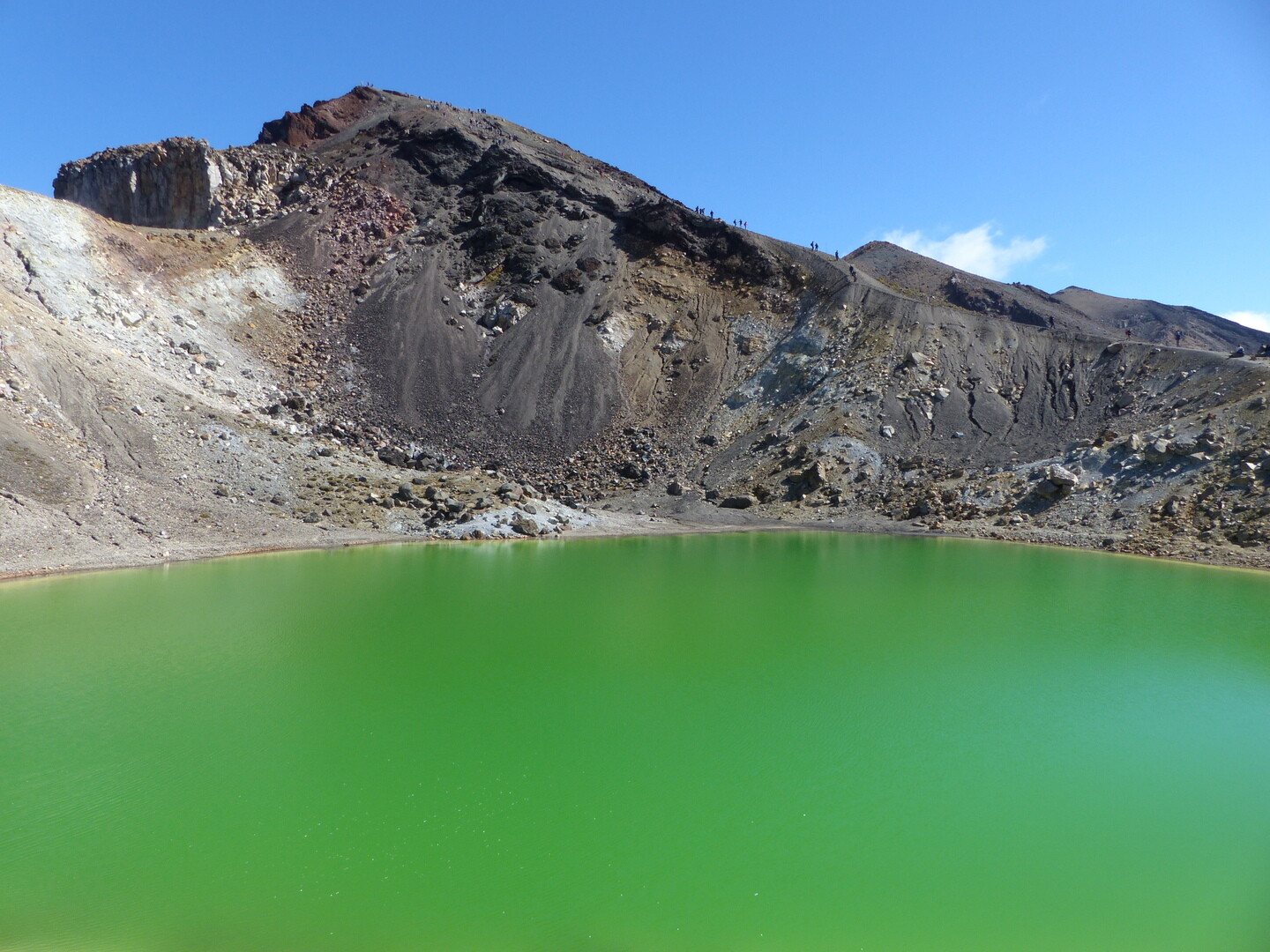
Brilliant turquoise lakes formed in old explosion craters, famous for their vivid color caused by dissolved minerals. These iconic lakes are the highlight of the Tongariro Alpine Crossing and offer spectacular photography opportunities.

The highest point on the Alpine Crossing at 1,886m, Red Crater features dramatic red volcanic rock and active steaming vents. This challenging climb rewards hikers with panoramic views across the volcanic landscape and Central Plateau.
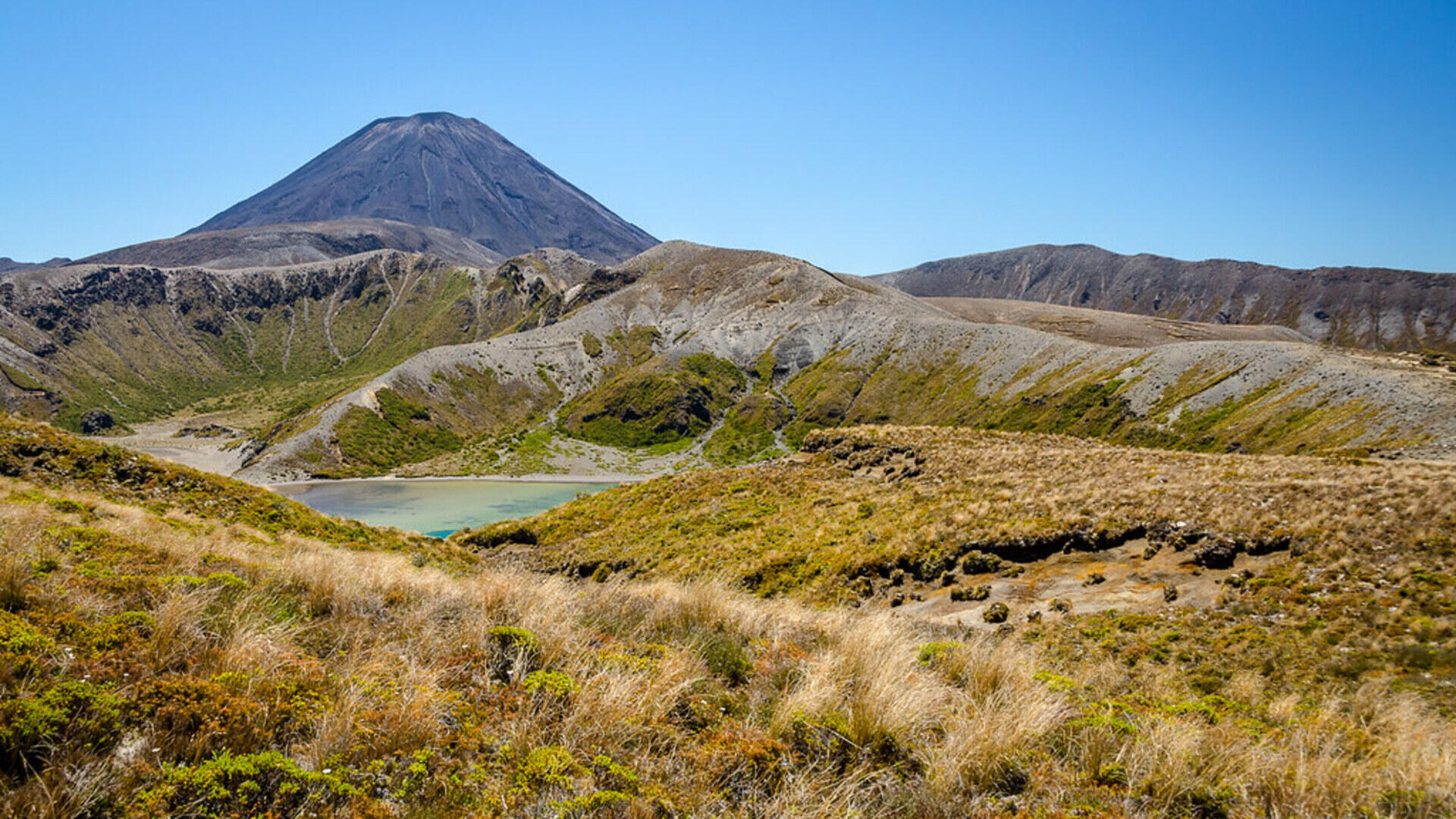
Two stunning volcanic lakes set in a wild alpine basin, reached by a scenic track from Whakapapa Village. These pristine crater lakes offer a more peaceful alternative to the busy Alpine Crossing with equally spectacular mountain views.
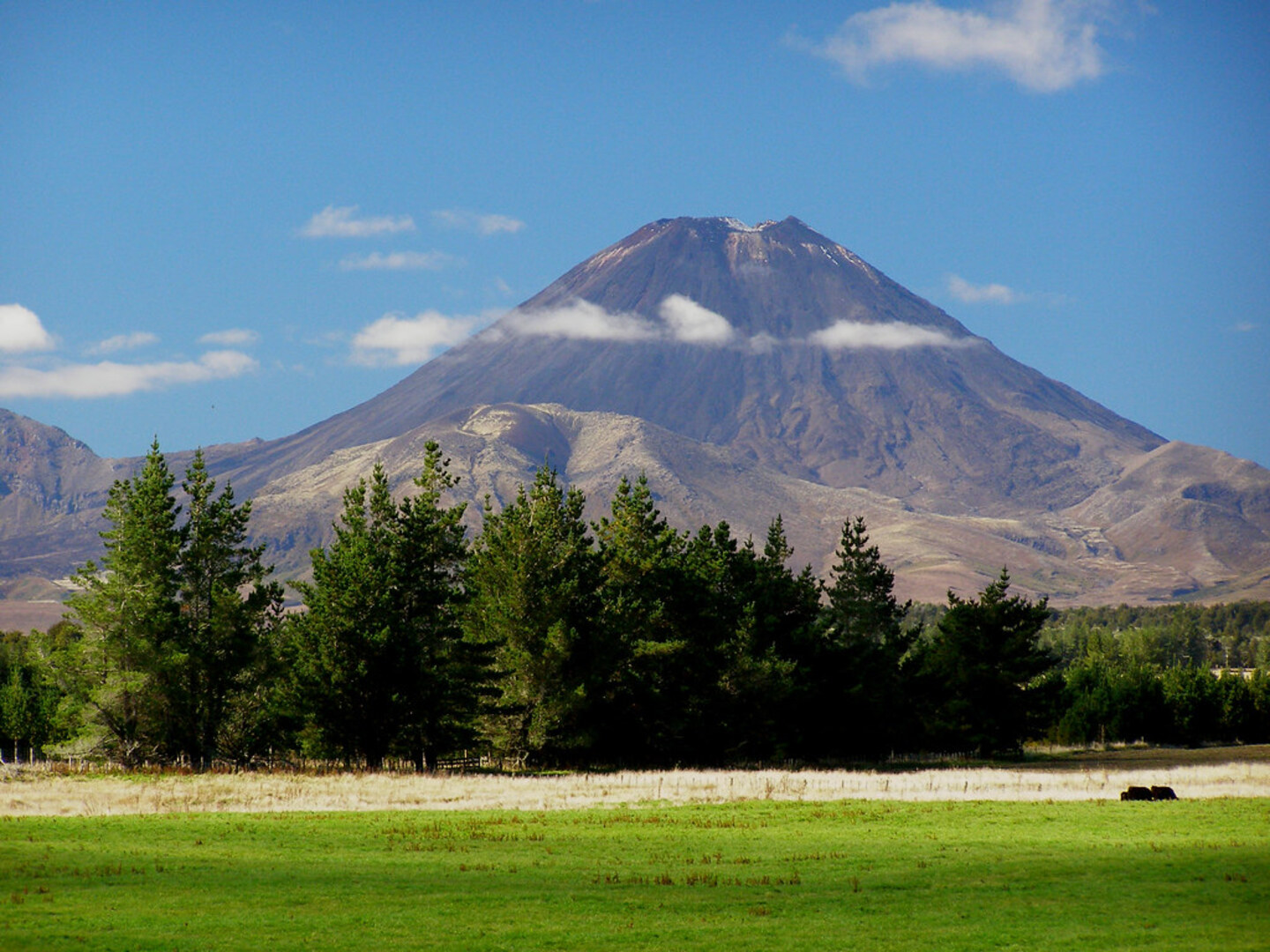
The iconic cone-shaped volcano known as Mount Doom in the Lord of the Rings films. At 2,287m, this challenging side trip from the Alpine Crossing offers adventurous hikers the ultimate volcanic summit experience.
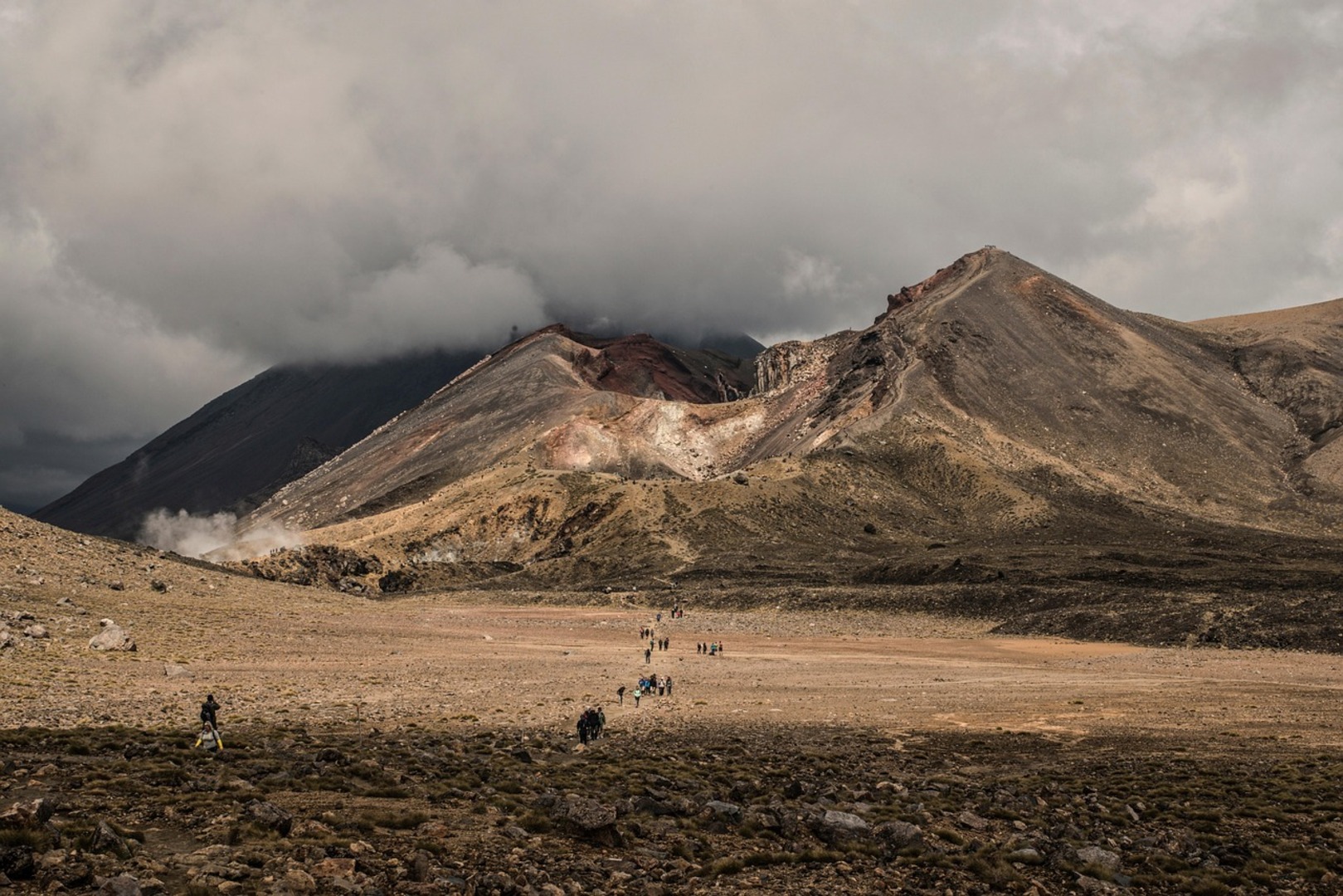
Make the most of your Mount Tongariro adventure with these essential planning tips:
Address: State Highway 48, Tongariro National Park, Manawatu-Wanganui 3989, New Zealand
Nearest Airports: Auckland Airport - 4.5 hours drive, Wellington Airport - 4.5 hours drive
Coordinates: 39°07'30"S 175°38'35"E
Tongariro National Park is located in the central North Island of New Zealand, approximately 320km south of Auckland and 320km north of Wellington. The park is easily accessible via State Highway 1 and State Highway 48, with National Park Village and Whakapapa Village serving as the main access points. Shuttle services operate to trailheads during peak season.
Allow 6-8 hours for the full Tongariro Alpine Crossing. For the Tama Lakes Track, allow 5-6 hours. Mount Ngauruhoe summit adds 2-3 hours. Start early in the morning and check weather conditions before departing.
Entry to Tongariro National Park is free. There are no entrance fees for day hiking or visiting the park. Some accommodation huts and guided tours may have separate charges.
The Tongariro Alpine Crossing is challenging and suitable for experienced hikers. However, there are shorter walks around Whakapapa Village and the Tama Lakes Track suitable for families and casual hikers. Choose trails appropriate to your fitness level.
Summer (December-March) offers the warmest weather and clearest conditions for hiking. Winter may bring snow and icy conditions to higher elevations. Always check current weather and track conditions with DOC before visiting.
No permits are required for day hiking on most tracks including the Alpine Crossing. However, overnight camping and hut accommodation may require bookings. Check DOC website for current requirements and track conditions.
Look for native birds like tui, kererū (wood pigeon), New Zealand falcon, and various alpine species. The park also has unique alpine plants and insects. Respect wildlife and stay on marked tracks to protect fragile ecosystems.
National Park Village, Ohakune, and Taupo offer various accommodation options. There are also DOC huts within the park for overnight stays. Book accommodation in advance, especially during peak summer season.